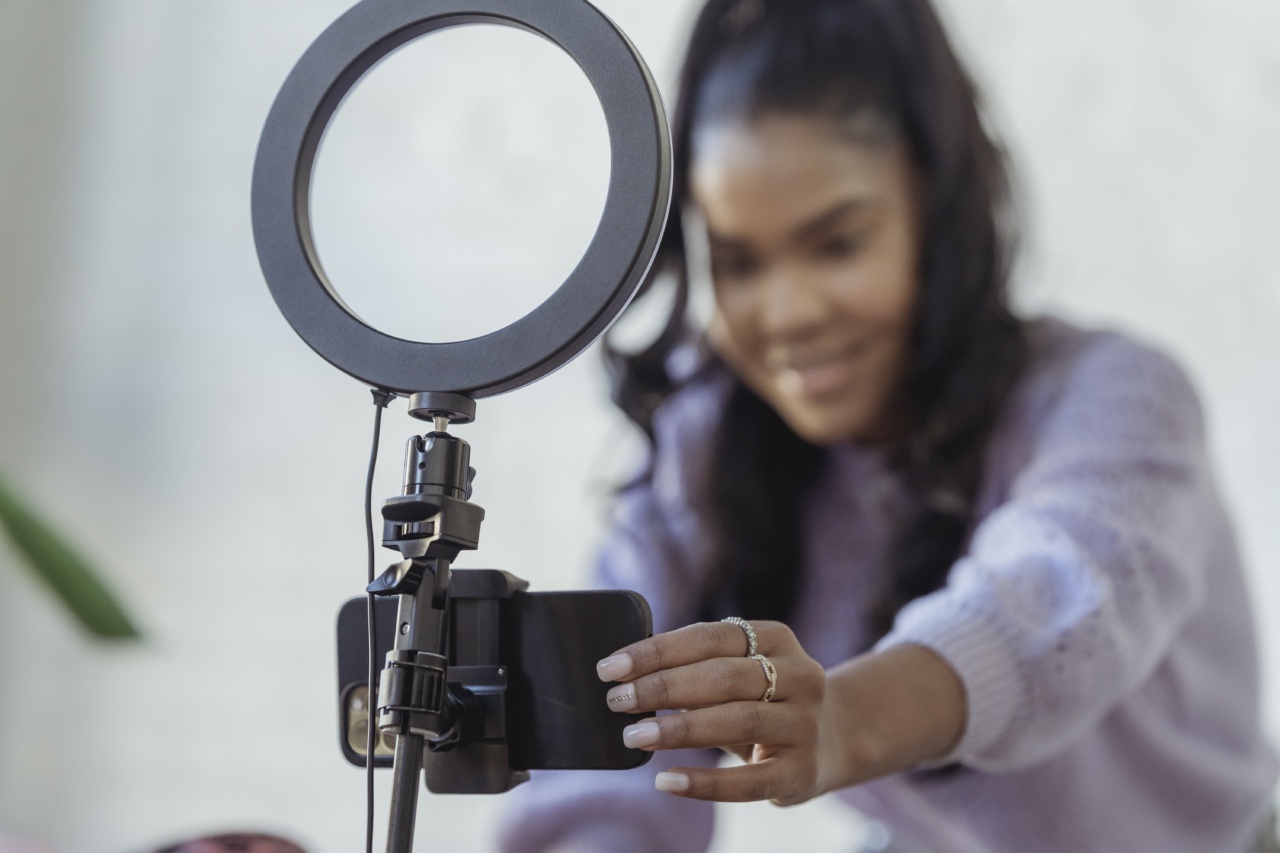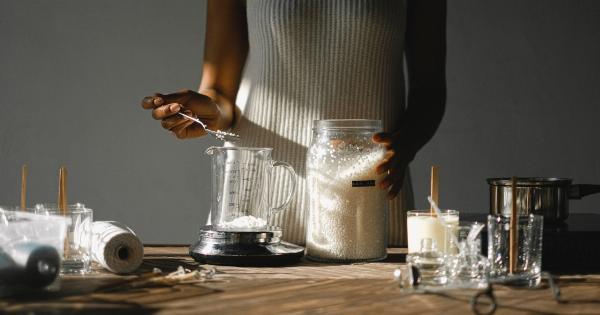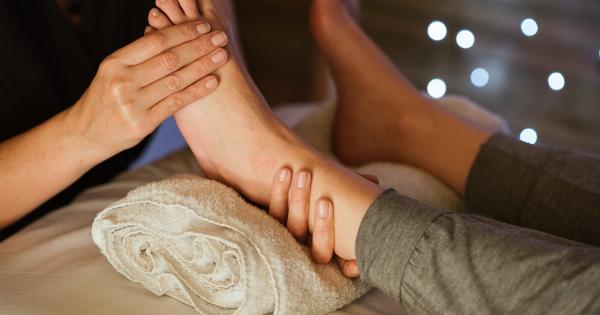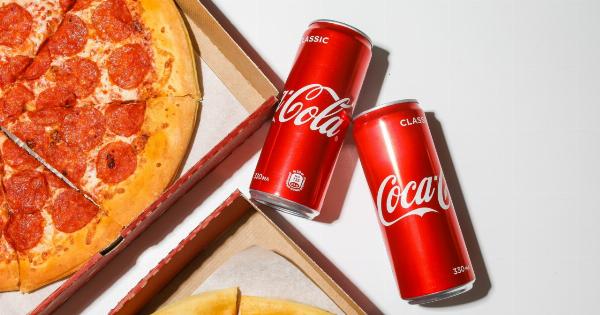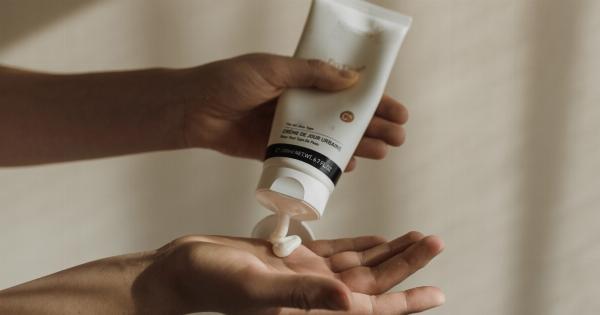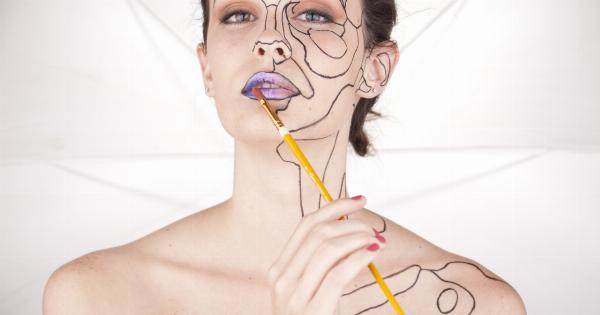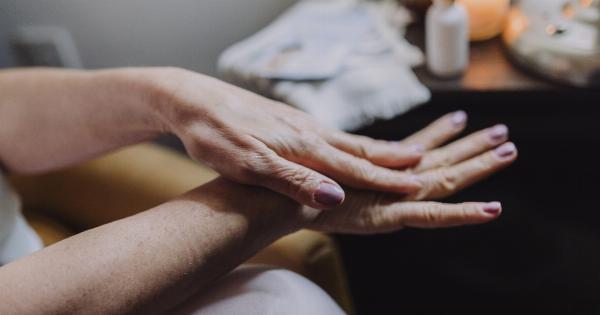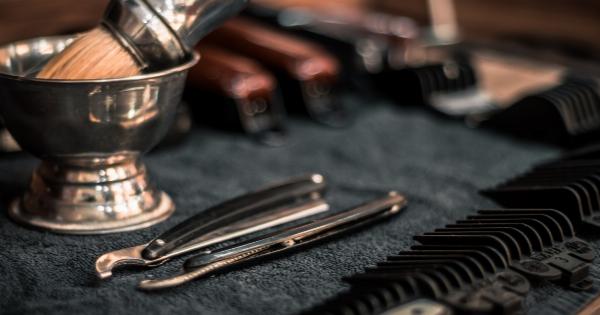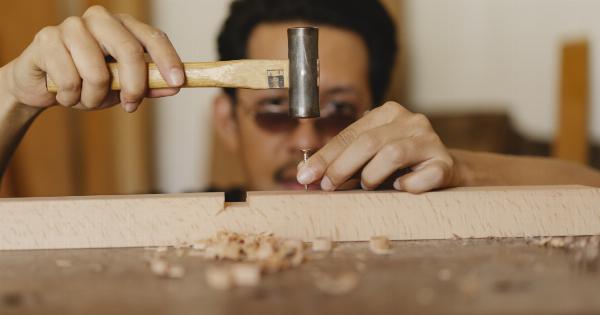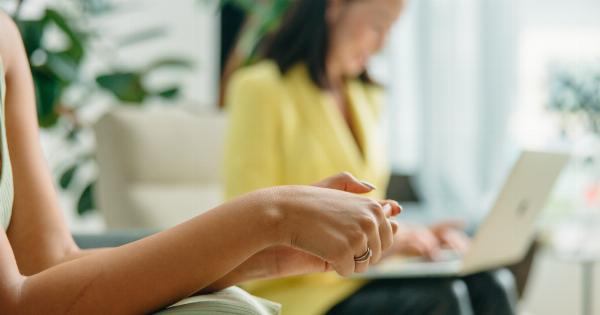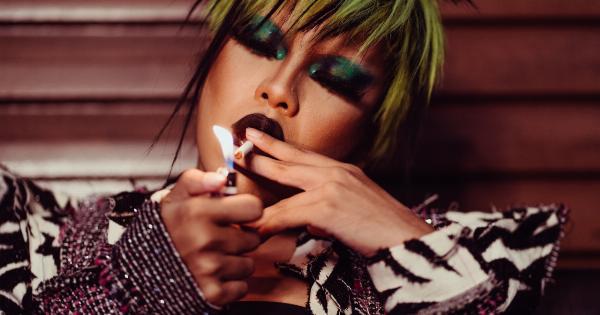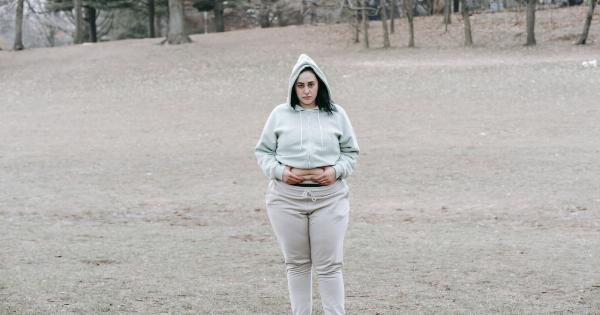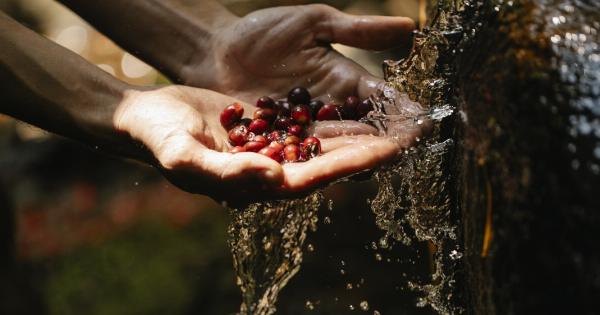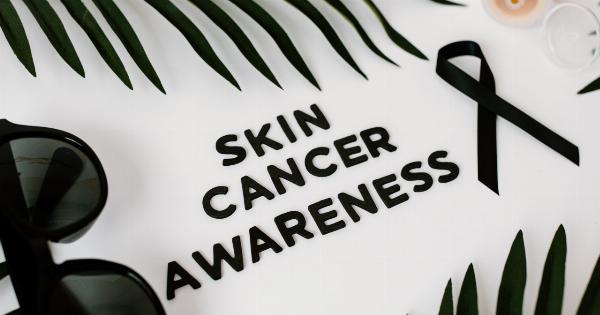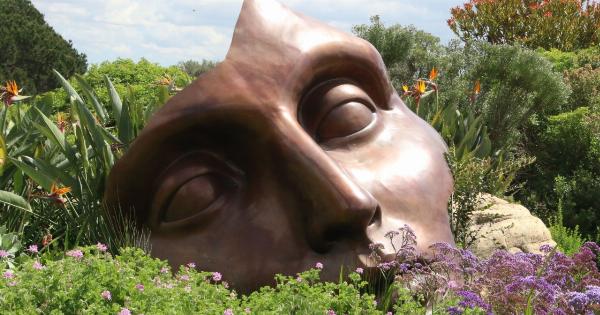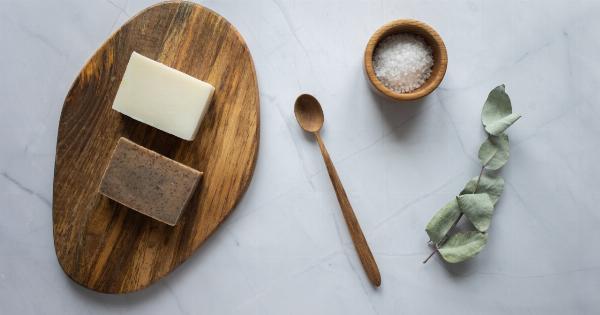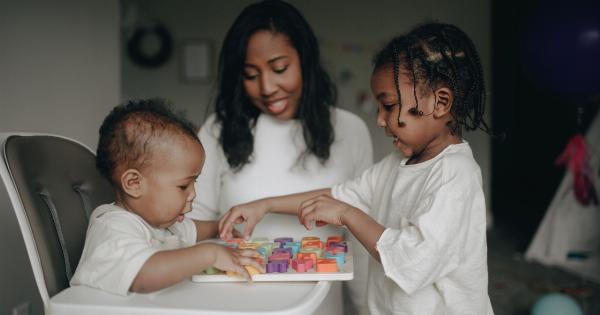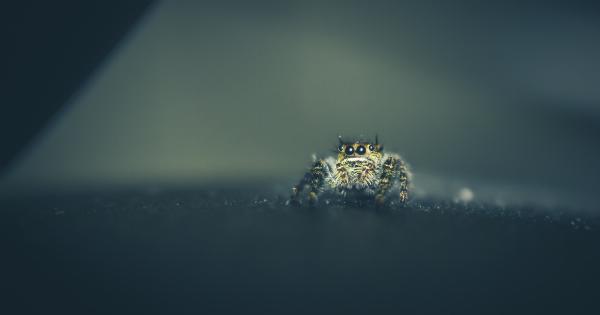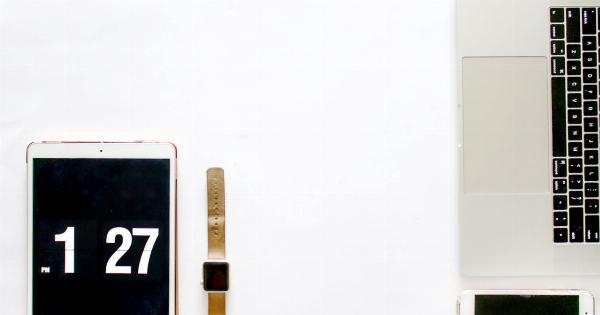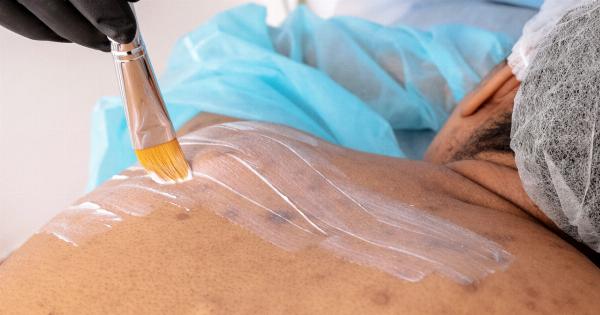Are you tired of spending a fortune on nail polish or struggling to find your preferred colors? Look no further – we have an easy solution for you! In this tutorial, we will show you how to make your own nail polish in a jar.
Not only is it fun and creative, but it also allows you to customize your colors exactly as you desire. Let’s get started!.
What You Will Need:
To begin this DIY nail polish journey, gather the following ingredients and materials:.
- A clear nail polish base
- Pigment powders (in your desired colors)
- A small funnel
- A toothpick or a stirring rod
- A small glass jar or an empty nail polish bottle
- A label sticker or tape
Step-by-Step Instructions:
Step 1: Prepare Your Workspace
Before you start creating your own nail polish, it’s essential to set up a clean workspace. Lay down some newspaper or a drop cloth to protect your table from any potential spills or stains.
You can also keep some paper towels handy for easy cleanup.
Step 2: Choose Your Pigment Powders
Next, select the pigment powders you want to use to create your custom nail polish color. You can choose a single pigment for a solid color or mix different colors to create a unique shade. Experiment and have fun with various combinations!.
Step 3: Mix the Pigment Powder
Using a toothpick or a stirring rod, mix the chosen pigment powder(s) into the clear nail polish base. Start with a small amount, as you can always add more to intensify the color.
Stir well to ensure the pigment is evenly distributed throughout the nail polish base.
Step 4: Test and Adjust
Dab a small amount of your custom nail polish onto a piece of paper or a clear nail swatch, and then let it dry. This will allow you to see the true color and decide if any adjustments are needed.
If the color isn’t vibrant enough, add more pigment powder and mix again.
Step 5: Transfer to a Jar or Bottle
Once you are satisfied with your nail polish color, use a small funnel to transfer the mixture into a glass jar or an empty nail polish bottle.
This step is where you can get creative with your container choices! Make sure to wipe off any nail polish residue from the rim for a clean seal.
Step 6: Label Your Creation
To avoid confusion in the future, label your nail polish creation with a sticker or tape. Write down the name of the color or any additional details you want to remember. This step also adds a personalized touch to your DIY nail polish.
Step 7: Shake Well Before Use
Before application, make sure to shake your new nail polish vigorously to mix the pigment again. This step ensures an even distribution of color and maximizes its potential on your nails.
Step 8: Apply and Enjoy!
Your homemade nail polish is now ready to use! Apply it just like you would with any other nail polish. Experiment with different nail art designs, layering techniques, or simply enjoy the color you have created.
Additional Tips:
- Keep in mind that homemade nail polish may not have the same longevity as commercial polishes. It’s important to seal the lid tightly when not in use to prevent evaporation.
- You can also add a few drops of nail polish thinner if your mixture becomes too thick over time.
- Remember, the consistency and finish of your custom nail polish may be affected by the pigment powders you choose.
- Feel free to experiment with different finishes by adding glitter, shimmer, or even tiny nail art decorations to your nail polish mixture.
- Be cautious of any allergies or sensitivities to certain ingredients. If you notice any negative reactions, discontinue use immediately.
Now that you know how to create your own nail polish in a jar, the possibilities are endless! You can now enjoy a vast array of colors without breaking the bank.
Get ready to showcase your unique nail designs while having fun experimenting with different pigments and combinations. Happy painting!.
